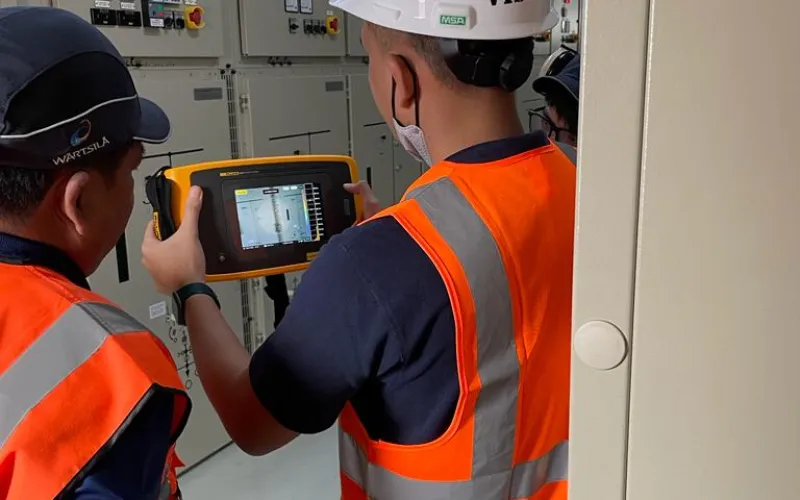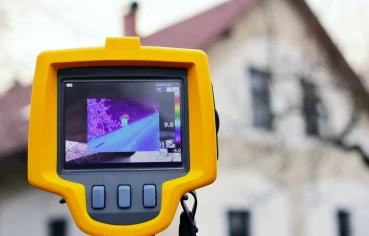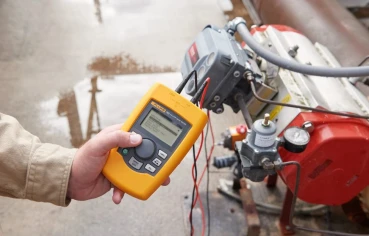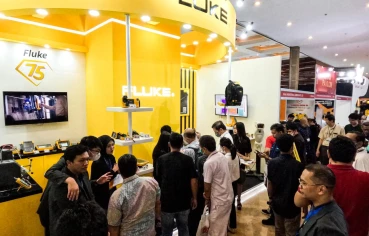
How air leak detection equipment
Fluke interviews a factory regarding an air leak. These manufacturers really help keep the wheels of the trade moving. As one of the world's leading aftermarket manufacturers of wheel service equipment, the company designs, builds and markets products with whom they are trusted and recognized.
Many of the manufacturer's processes rely on compressed air to run the approximately 400 devices in the 13,935 square meter plant—all from 200 horsepower compressors. “We use compressed air everywhere in the plant—for pneumatic tools, robot welding, laser cutting, and powder paint equipment,” says the manufacturer's president. From the compressed air comes noise and—air leakage.
Air leaks cause compressed air driven equipment to work harder, causing wasted energy. The possibility of air leaks in the plant increases with the presence of old equipment accumulated over the last decades from various plant consolidations. Listening for air leaks can be very difficult in noisy environments, so most leak detection activities are performed after business hours.
“Usually we wait until the building gets very quiet—a shift change or maintenance shutdown and we just try to listen for air leaks as much as we can,” says the maintenance supervisor. "We also use bottles of soapy water to spray any areas where there may be leaks and look for bubbles." The spray and see method requires that the maintenance team member is close enough to a possible leak to hear it and spray the solution in the correct area.
Another method for finding compressed air leaks is using an ultrasonic leak detector. This method requires highly trained personnel and a considerable amount of time is required to find all leaks. Small leaks can be hard for the human ear to hear, and not all leaks are in easily accessible areas. This can be a troublesome task.
Many of the manufacturer's processes rely on compressed air to run the approximately 400 devices in the 13,935 square meter plant—all from 200 horsepower compressors. “We use compressed air everywhere in the plant—for pneumatic tools, robot welding, laser cutting, and powder paint equipment,” says the manufacturer's president. From the compressed air comes noise and—air leakage.
Controlling energy waste
Air leaks cause compressed air driven equipment to work harder, causing wasted energy. The possibility of air leaks in the plant increases with the presence of old equipment accumulated over the last decades from various plant consolidations. Listening for air leaks can be very difficult in noisy environments, so most leak detection activities are performed after business hours.
“Usually we wait until the building gets very quiet—a shift change or maintenance shutdown and we just try to listen for air leaks as much as we can,” says the maintenance supervisor. "We also use bottles of soapy water to spray any areas where there may be leaks and look for bubbles." The spray and see method requires that the maintenance team member is close enough to a possible leak to hear it and spray the solution in the correct area.
Another method for finding compressed air leaks is using an ultrasonic leak detector. This method requires highly trained personnel and a considerable amount of time is required to find all leaks. Small leaks can be hard for the human ear to hear, and not all leaks are in easily accessible areas. This can be a troublesome task.




